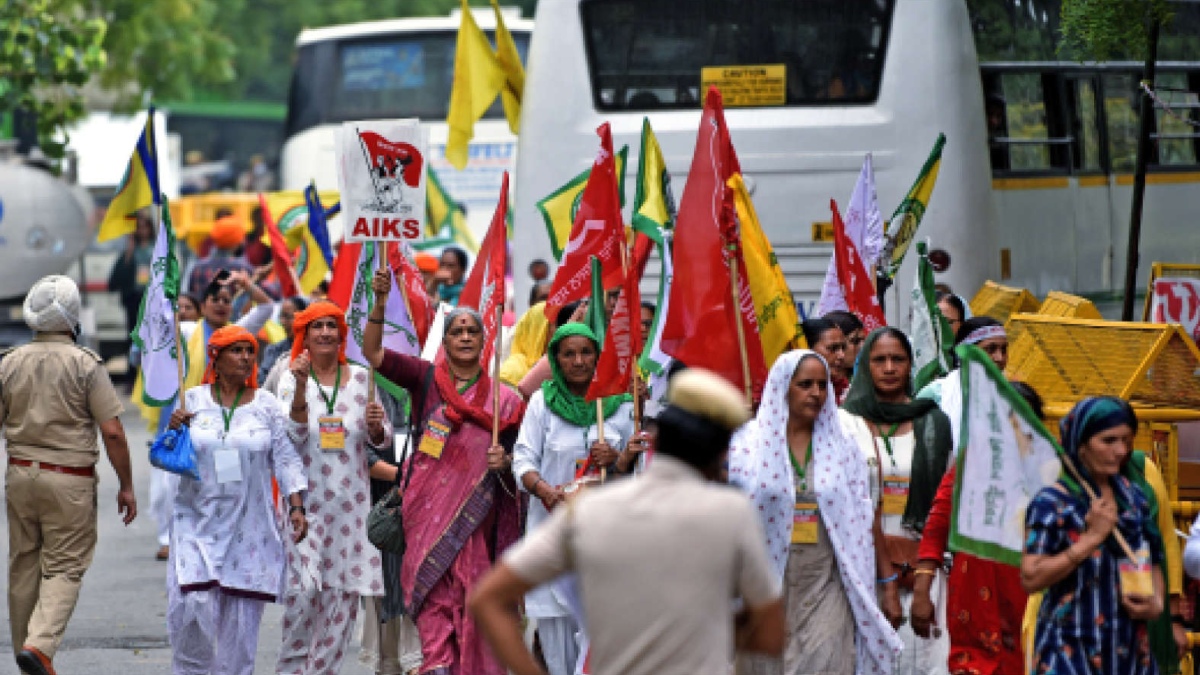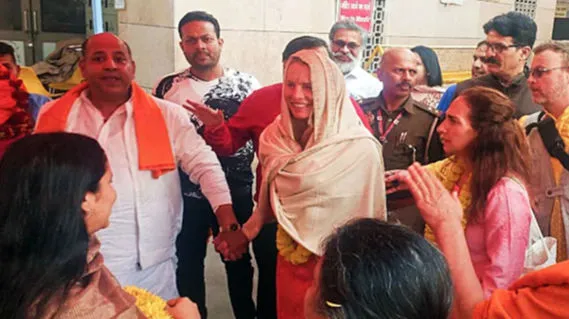Almost nine months after farmers protesting the three farm laws passed by Parliament gathered on Delhi’s borders, they are still stationed there. Even though they are not hitting the headlines with the regularity as they were earlier in the year, does not mean that they are not blockading several roads, making the lives of local residents and commuters miserable. Talks between the government and the farmers broke down post the Republic Day violence perpetrated by some farmer groups, during which the Red Fort was vandalized and a religious flag was hoisted at this national monument. Even otherwise, the farmers had taken a maximalist position about the farm laws. That the laws were viewed by most experts and stakeholders to be reform oriented and worth giving a try, did not make any difference to the protesters. In fact, except for with the farmers of Punjab and a handful of farmers from Haryana and western Uttar Pradesh, the agitation did not find any resonance in a country which still has nearly 50% of its workforce employed in the agricultural sector.
The government was ready to make several concessions, including putting the laws on hold for up to 18 months. But the farmers were adamant, thus raising questions about the political nature of the “movement”, where the intention was to ensure that Government of India came across as weak and unable to bring in any reforms. It was a clear case of the farmers being misled by vested interests, who used disinformation to make the farmers fearful of the amended laws. Considering the whole premise of the movement is to bring the government to its knees, and with individuals such as Rakesh Tikait actively campaigning in Assembly elections in his capacity as a “farmer leader”, the fig leaf of the movement being apolitical has been destroyed. And the minute any movement gains a political colour, the obvious question is about the political benefits that some seen and unseen forces are hoping to derive from it.
With Uttar Pradesh and Punjab Assembly elections coming up early next year, it is increasingly appearing that the so-called agitation will continue well into 2022, or at least until the elections are concluded. The idea is to keep the issue alive until the elections in the hope of influencing voters, apart from gaining political legitimacy for these “farmer leaders”. Hence, these unscrupulous leaders are taking advantage of the gullible farmers by painting dire pictures of loss of land and livelihood to corporates because of the farm laws. The counter-narrative is yet to take hold of public mind, at least in Punjab. So the lives of Delhi-NCR residents are expected to stay thrown out of gear for another six-seven months minimum, which should raise some serious questions about the government’s inaction on this.
Why is the mighty Indian state bent upon appearing a soft state, where groups of individuals can hold the national capital to ransom for months, break every possible law, and get away scot-free? The whole idea of having an internal security apparatus is to pre-empt such disruptions. Why are such agitations not being broken up inside the first few days of the protesters blocking roads? It was the same in the Shaheen Bagh protests, which started in 2019 December and was allowed to fester for three months. But for the restrictions imposed because of Covid, it would have continued perhaps for a much longer time. The farmers’ agitation did not even bother about Covid restrictions and continued through the deadly second wave, thus spreading the infection to the hinterland. And now the worry is that some other agitation will start around October-November-December, when the weather is conducive to organizing outdoor sit-ins and it will continue for weeks, if not months. Such disruptions in Delhi not only ensure national and international media spotlight, but are also a good way of showing the Central government as weak and vacillating. As for the farmers, it is hoped that they will realise that they are being misled by their leaders. Holding the national capital to ransom is no solution to their grievances.























